Firmware and embedded software are critical components of modern electronic devices, yet their distinction often remains blurred. In this article, we unravel the intricacies of these two fundamental elements, shedding light on the key differentiators and their respective roles in the world of technology.
Firmware, a low-level software permanently etched into hardware, operates as the device’s intermediary, facilitating communication between hardware and higher-level software. Embedded software, on the other hand, encompasses a broader spectrum of software solutions integrated into hardware, serving as the device’s operating system and application layer.
Delving into the nuances of firmware and embedded software, we aim to demystify this often-confusing dichotomy and elucidate their vital significance in the realm of embedded systems.
What Is Firmware:
Firmware, a cornerstone of embedded systems, is software that resides on hardware and plays a crucial role in enabling the communication and interaction between a device’s hardware components and higher-level software [1].
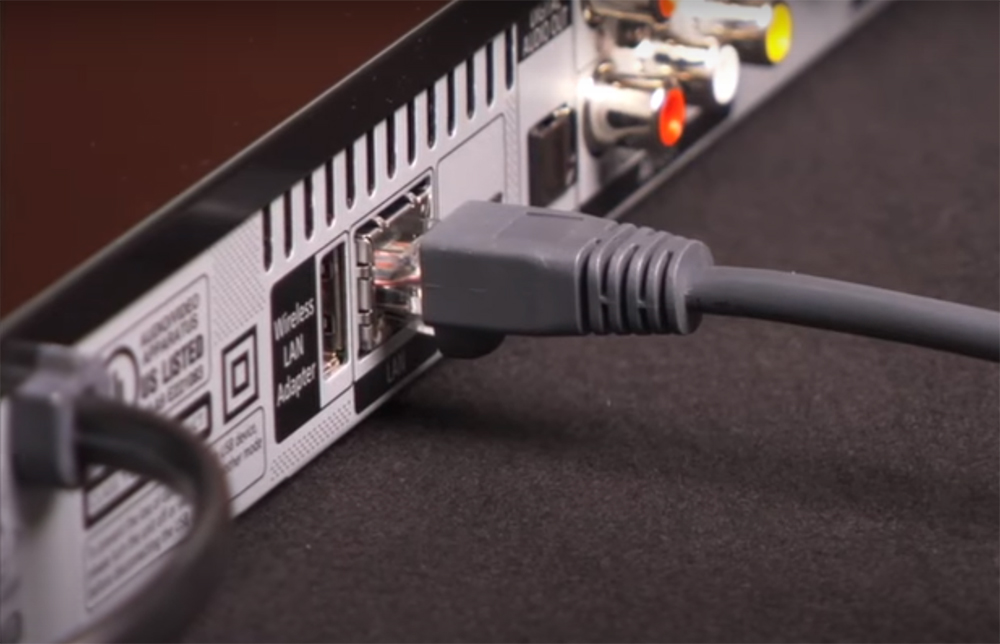
Features of Firmware:
- Embedded Nature: Firmware is inherently embedded within a device’s hardware, stored in non-volatile memory, and is essential for the device’s operation. It is responsible for booting the hardware and initializing its components;
- Permanent and Inalterable: Unlike other software, firmware is typically non-volatile and resists modification. This permanence ensures its stability and reliability in critical operations;
- Low-Level Functionality: Firmware operates at a low level, directly controlling hardware components like processors, memory, and peripheral devices. It ensures seamless interaction between hardware and software layers;
- Device-Specific: Each device requires custom firmware tailored to its hardware components, making firmware device-specific and integral to its proper function;
- Independence: Firmware often functions independently of an operating system. It can execute tasks without the need for external software, making it a vital part of bare-metal systems;
Examples of Firmware:
- BIOS (Basic Input/Output System): Found in computers, BIOS is firmware that initializes hardware components and provides the software interface between the operating system and the computer’s hardware;
- Microcontroller Firmware: Microcontrollers, used in devices like microwave ovens and washing machines, rely on firmware to control and manage their operations;
- Embedded Systems: Devices such as digital cameras, printers, and routers contain firmware that handles device-specific functionalities [2];
Difference Between Firmware and Hardware:
Firmware and hardware are often intertwined, but they serve distinct roles in the operation of electronic devices.
While firmware is software, hardware refers to the physical components of a device:
- Nature: Hardware comprises the physical components of a device, such as the central processing unit (CPU), memory, and peripherals. Firmware, in contrast, is a type of software that resides on the hardware;
- Modifiability: Hardware is static and cannot be changed without altering the physical components. Firmware, though less flexible than typical software, can be updated or replaced to enhance a device’s functionality;
- Function: Hardware provides the foundation for a device’s operation, while firmware acts as the intermediary, facilitating communication between hardware and software layers. Firmware instructs hardware components on how to perform specific tasks;
- Specificity: Hardware is generic, and the same components can be used in various devices. In contrast, firmware is customized for a particular device, ensuring it functions correctly and efficiently;
What Is Embedded Software?
Features of Embedded Software:
- Integration with Hardware: Embedded software is tightly integrated with a device’s hardware. It manages and controls hardware components, serving as the intermediary between hardware and higher-level software;
- Versatility: Embedded software can be as simple as firmware or as complex as a full-fledged operating system, depending on the device’s requirements. It adapts to the specific needs of the embedded system;
- Real-Time Capabilities: Many embedded systems require real-time operation, where the software must respond to events within strict time constraints. Embedded software is designed to meet these real-time requirements;
- Energy Efficiency: Embedded systems are often powered by limited energy sources like batteries. Embedded software is optimized for energy efficiency to ensure longer device operation;
- Application Diversity: Embedded software finds applications in a wide array of devices, from consumer electronics like smartphones and smart TVs to automotive systems, medical devices, and industrial control systems [4];
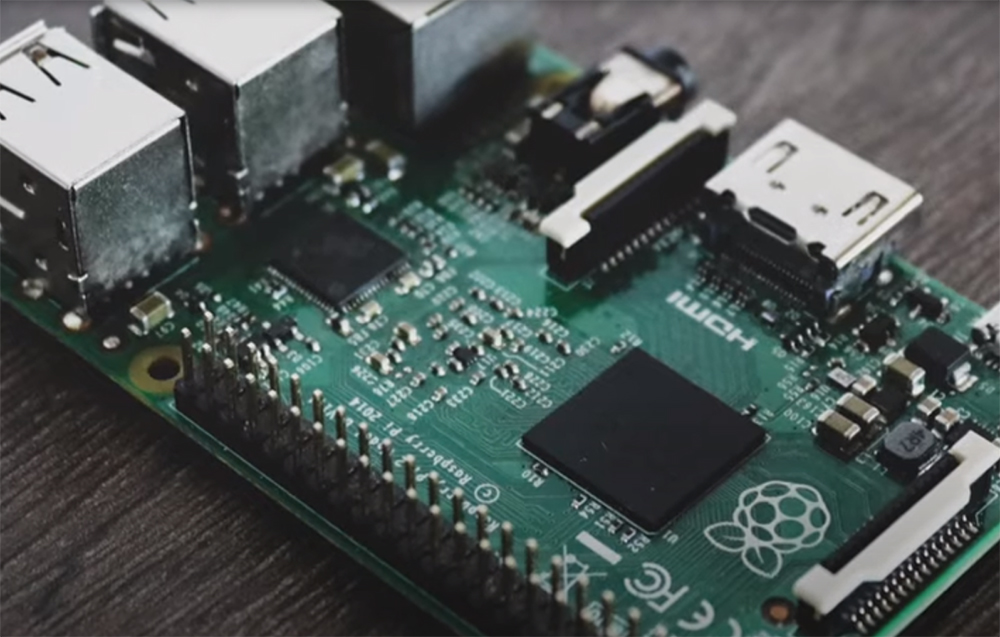
Examples of Embedded Software:
- Mobile Phones: The operating systems of smartphones, such as Android or iOS, are examples of embedded software. They manage the device’s hardware and run various applications;
- Automotive Control Systems: In modern vehicles, embedded software controls various functions, from engine management to infotainment systems and safety features;
- Medical Devices: Devices like pacemakers and infusion pumps rely on embedded software to monitor and control critical medical functions;
- Industrial Automation: Embedded software is instrumental in controlling machinery and processes in industrial settings, ensuring precision and reliability;
Embedded Software vs. Application Software:
While embedded software and application software both fall under the software umbrella, they serve distinct purposes and operate in different environments.
Here’s how they differ:
- Purpose: Embedded software is designed for a specific hardware platform and serves dedicated functions within an embedded system. Application software, on the other hand, is intended for general-purpose computing and provides user-facing functionality;
- Deployment Environment: Embedded software operates in resource-constrained, real-time environments, where stability, reliability, and performance are paramount. Application software runs on general-purpose computing platforms, offering a wide range of functionalities to end-users;
- Real-Time Considerations: Embedded software often requires real-time capabilities to respond to events within strict time constraints. Application software typically does not have such stringent real-time requirements;
- Hardware Integration: Embedded software is deeply integrated with a device’s hardware and may be developed in tandem with the hardware design. Application software is developed independently and does not require such tight coupling with hardware;
- Updates and Customization: Embedded software may be challenging to update due to its close integration with hardware. Application software can be easily updated and customized to meet changing user needs [5];
Firmware vs. Embedded Software – What’s The Difference:
1) Firmware: A Brief History
Firmware, often regarded as the silent workhorse of electronic devices, has a rich history that dates back to the early days of computing.
Its evolution can be divided into distinct phases:
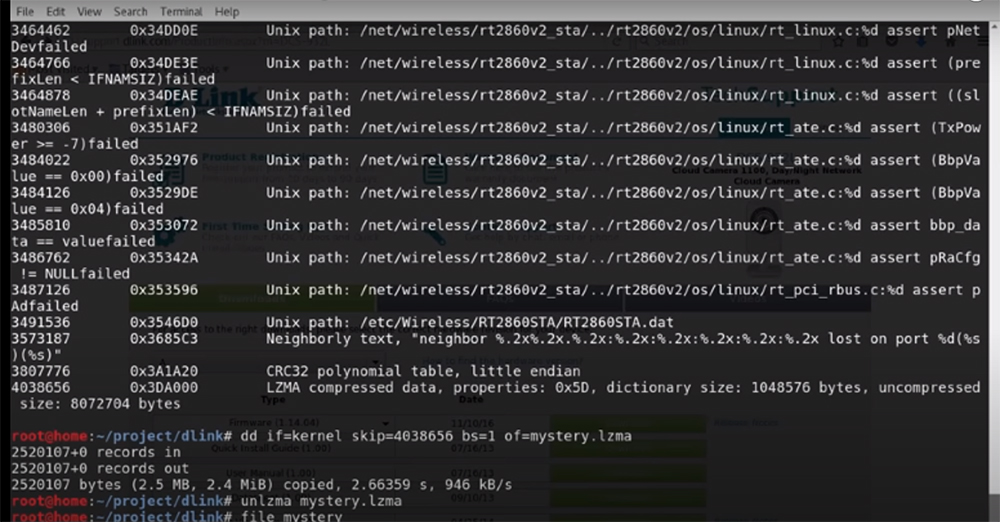
- Early Computing Era: The concept of firmware emerged with the earliest computers, such as the ENIAC in the 1940s. In these machines, physical cables and switches were used to program their behavior, laying the foundation for firmware’s role in managing hardware;
- Introduction of ROM: The 1960s witnessed the advent of Read-Only Memory (ROM), a significant development that allowed data and instructions to be permanently stored in electronic circuits. This marked the transition from hardwired systems to software-controlled operations;
- Microcontrollers and Microprocessors: The 1970s saw the birth of microcontrollers and microprocessors, which introduced reprogrammable firmware. The firmware in these systems could be modified and upgraded, adding flexibility and scalability to embedded systems;
- Embedded Systems Proliferation: As technology advanced, the scope of firmware expanded. Embedded systems in consumer electronics, industrial automation, and automotive applications became increasingly prevalent. Firmware became an integral part of devices like microwave ovens, digital cameras, and automotive control units;
2) Embedded Software: A Brief History
Embedded software, while closely related to firmware, has a history that reflects its adaptability to a wide range of applications:
- Early Embedded Systems: Embedded software can trace its roots to early embedded systems like the Apollo Guidance Computer, which helped navigate the Apollo 11 mission to the moon in 1969. This exemplified the power of software in controlling complex hardware;
- Advancements in Microprocessors: The development of powerful microprocessors in the late 20th century revolutionized embedded software. It became capable of managing intricate tasks, leading to the integration of embedded software in numerous consumer and industrial products;
- Internet of Things (IoT) Era: The 21st century witnessed a proliferation of embedded software, driven by the IoT revolution. Devices such as smart thermostats, wearable technology, and connected appliances are examples of how embedded software has become an integral part of our daily lives [6];
3) Purpose of Use:

- Firmware: This is a type of software that provides low-level control for a device’s specific hardware. Firmware is typically stored in the Read Only Memory (ROM) of a device and is necessary for the device to boot up and function properly. It acts as the device’s “operating system” and controls the hardware at a very basic level. Firmware is often created by the device’s manufacturer and can be updated, but it remains in the device even when it’s turned off. Examples include BIOS in a computer or the software running on a router;
- Embedded Software: This is specialized programming within a device or system that controls its functions. Unlike firmware, embedded software operates more at the application level, enabling the functionalities that users directly interact with. It’s often designed for a specific task or function and is embedded into the hardware of the device, hence the name. Embedded software can be found in everything from home appliances to cars and industrial machines;
4) Areas of Applications:
Firmware:
- Computer Systems: Firmware is pivotal in personal computers and servers, where it initializes hardware components, including the BIOS that boots the system;
- Consumer Electronics: Devices like smartphones, digital cameras, and smart TVs rely on firmware to control and manage their hardware, ensuring seamless user experiences;
- Automotive Industry: Firmware plays a critical role in vehicles, managing functions like engine control, infotainment systems, and safety features;
- Industrial Control: In industrial settings, firmware controls machinery, robots, and automation systems, ensuring precise and reliable operations;
Embedded Software:
- Smart Devices: Embedded software powers the smart devices that have become a part of our daily lives, including smart thermostats, wearables, and home automation systems;
- Medical Equipment: Embedded software is instrumental in medical devices like MRI machines, pacemakers, and infusion pumps, ensuring patient care and safety;
- Aerospace and Defense: Embedded software is used in avionics systems, missile guidance, and military communications to manage complex hardware;
- Automotive Technology: Modern vehicles incorporate extensive embedded software for advanced driver assistance systems (ADAS), navigation, and in-car entertainment;
- Industrial IoT (IIoT): In industrial environments, embedded software powers IIoT systems that monitor and optimize operations, enhancing efficiency and productivity;
How To Choose Between Firmware And Embedded Software?
Firmware:
- Firmware is a type of software that provides low-level control for a device’s hardware. It’s typically stored in read-only memory (ROM) or flash memory;
- Firmware is necessary for a device to boot up and function properly. It acts as the intermediary between the hardware and the operating system or applications;
- Firmware is often created by the device’s manufacturer and can be updated, but it remains in the device even when it’s turned off;
Examples of firmware include the BIOS in a computer, the firmware in a router, or the firmware in a camera [7].
Embedded Software:
- Embedded software is a specialized type of software that controls the functions of a device, system, or machine;
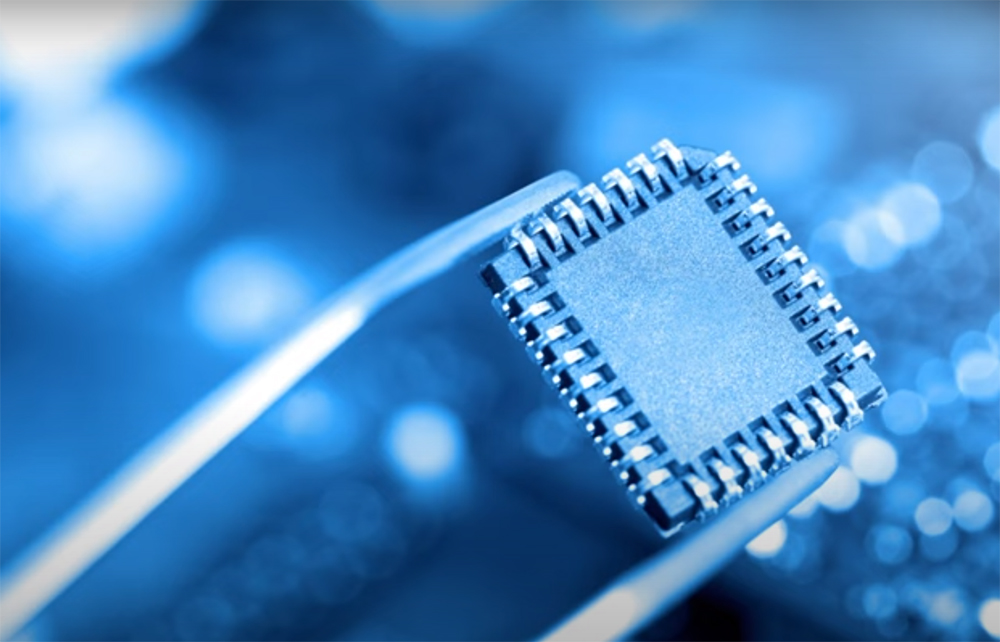
- Unlike firmware, embedded software operates more at the application level, providing the functionalities that users directly interact with;
- Embedded software is designed for specific tasks or functions within a larger system and is embedded into the hardware of the device, hence the name;
Examples of embedded software include the software running in an automobile’s anti-lock braking system, the software in a microwave oven, or the software controlling a factory robot.
FAQ:
-
What is the difference between firmware and embedded software engineer:
- Firmware Engineer: A firmware engineer primarily focuses on developing and maintaining the low-level software that is permanently stored in a device’s hardware. This software is often specific to the device and controls its hardware components;
- Embedded Software Engineer: An embedded software engineer works on a broader range of software that is embedded within a device’s hardware. This includes not only firmware but also operating systems, application software, and middleware. Embedded software engineers handle a device’s software stack, whereas firmware engineers work on the lower layers;
-
What is the difference between a firmware engineer and an embedded system engineer:
- Firmware Engineer: A firmware engineer specializes in developing and maintaining software that is directly responsible for controlling and interacting with the hardware components of a device. This software is typically permanently etched into non-volatile memory;
- Embedded System Engineer: An embedded system engineer has a broader role that encompasses not only firmware but also the overall design and integration of hardware and software in embedded systems. They work on system-level tasks, including hardware selection, architecture design, and software development, which can include both firmware and higher-level software [8];
-
What is the difference between embedded software and standard software:
- Embedded Software: Embedded software is designed to run on specialized hardware, typically with resource constraints. It is tailored for specific tasks and devices, often requiring real-time performance and low power consumption;
- Standard Software: Standard software refers to general-purpose applications and operating systems that run on standard computing platforms like PCs and servers. It is not tightly coupled with specific hardware and is designed for versatility and user interactions;
-
Do embedded systems use firmware?
Yes, embedded systems use firmware. Firmware is a critical component of embedded systems as it manages the interaction between the hardware and higher-level software. It initializes hardware components, performs low-level tasks, and ensures the proper operation of embedded devices.
-
What is the difference between firmware and microcontroller:
- Firmware: Firmware is software permanently etched into a device’s hardware. It is responsible for low-level control and management of hardware components;
- Microcontroller: A microcontroller is a hardware component, a small computer on a single integrated circuit. Firmware is often loaded onto a microcontroller to control its operation;
-
What is the difference between firmware and FPGA:
- Firmware: Firmware is software permanently stored in non-volatile memory, typically on a device’s microcontroller or system-on-chip (SoC). It controls the device’s operation;
- FPGA (Field-Programmable Gate Array): An FPGA is a reconfigurable hardware device that can be programmed to perform specific functions, similar to how software is loaded onto a computer. Firmware is not typically used with FPGAs, as they are configured using hardware description languages like VHDL or Verilog;
-
What is the opposite of embedded software?
-
What is the difference between OS and an embedded system:
- Operating System (OS): An OS is a system software that manages hardware resources, provides services to applications, and allows users to interact with a computer. It typically runs on general-purpose computing platforms;
- Embedded System: An embedded system is a specialized computer system designed for specific functions or tasks. It can use an OS or a real-time operating system (RTOS), but embedded systems are often more constrained in terms of resources and are dedicated to particular applications;
-
Where is firmware installed in embedded systems?
Firmware is typically installed in non-volatile memory within the embedded system’s hardware. It can be stored in flash memory, ROM (Read-Only Memory), or other similar storage devices. This non-volatile memory ensures that the firmware remains intact even when the device is powered off [9].
-
Is firmware a ROM or RAM?
Firmware can be stored in both ROM (Read-Only Memory) and flash memory, which are types of non-volatile memory. It is not typically stored in RAM (Random-Access Memory), as RAM is volatile and loses its data when the device is powered off.
-
Is firmware embedded in volatile memory?
No, firmware is not typically embedded in volatile memory. Firmware is usually stored in non-volatile memory, like ROM or flash memory, to ensure that it remains intact even when the power is turned off.
-
Is Android a software or firmware?
Android is an operating system (OS) and, therefore, is considered software. It is designed to run on a variety of hardware platforms and is responsible for managing the hardware resources and providing a user interface for mobile and other devices.
-
Is BIOS considered firmware?
Yes, BIOS (Basic Input/Output System) is considered firmware. It is a specific type of firmware that resides on a computer’s motherboard and is responsible for initializing and controlling hardware components during the boot process.
-
What language is firmware written in?
Firmware can be written in various programming languages, depending on the hardware platform and the specific requirements of the device. Common languages for firmware development include C, Assembly language, and specialized languages for embedded systems like Ada or VHDL for FPGA programming.
-
Is FPGA considered firmware?
No, an FPGA (Field-Programmable Gate Array) is not considered firmware. A reconfigurable hardware device is configured using hardware description languages like VHDL or Verilog. Firmware, on the other hand, is software permanently stored in non-volatile memory.
-
Is Arduino considered firmware?
Arduino code is typically considered firmware. When you write and upload code to an Arduino microcontroller, you are essentially creating firmware that controls the microcontroller’s behavior and interacts with connected hardware components.
-
Is EEPROM a firmware?
Useful Video: Software vs Firmware – What’s the Difference?
References:
- https://www.totalphase.com/blog/2023/01/embedded-software-vs-embedded-firmware/
- https://www.andplus.com/blog/firmware-vs-embedded-software-what-s-the-difference-
- https://witekio.com/blog/firmware-vs-embedded-software/
- https://embeddedinventor.com/firmware-vs-embedded-software-explained-with-examples/
- https://intechhouse.com/blog/embedded-software-vs-firmware/
- https://sirinsoftware.com/blog/embedded-vs-firmware-development-which-to-go-for
- https://www.reddit.com/r/embedded/comments/bub2yw/difference_between_embedded_software_and_firmware/
- https://www.reddit.com/r/ECE/comments/bl6ldd/what_is_the_difference_between_firmware_and/
- https://www.sunstreamglobal.com/what-is-firmware-and-embedded-software/


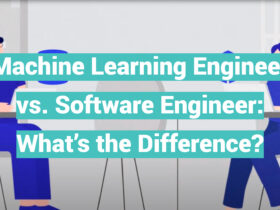
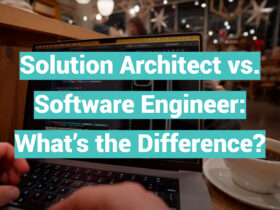
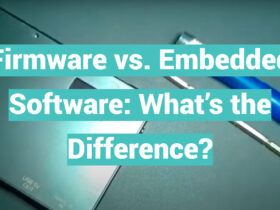
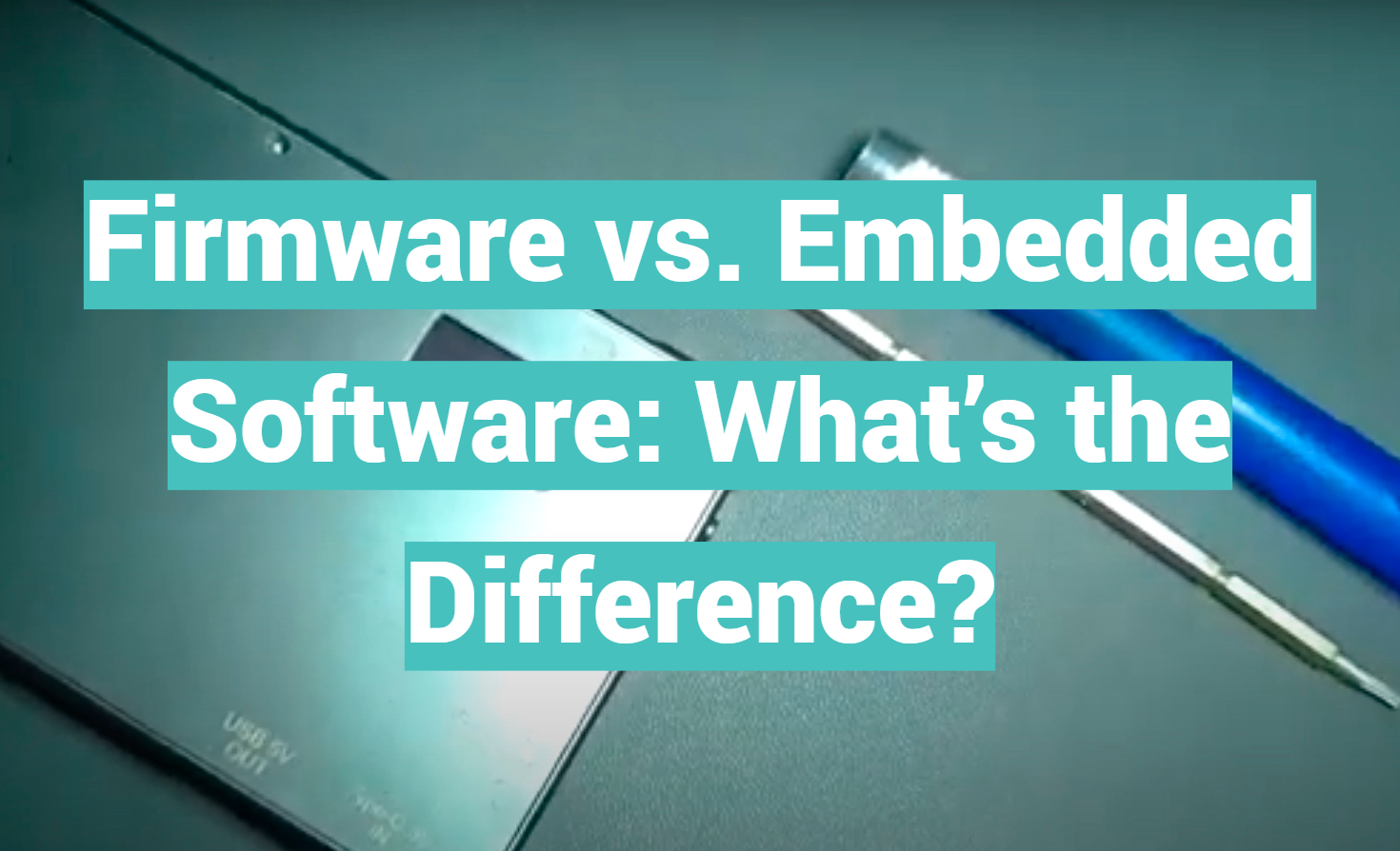
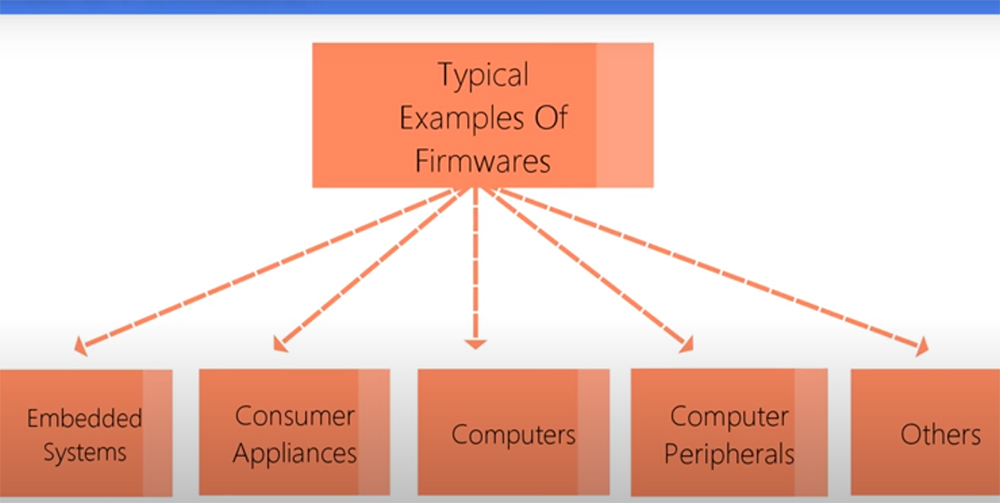
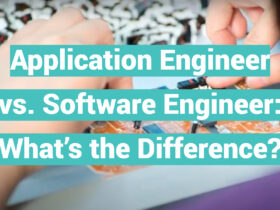
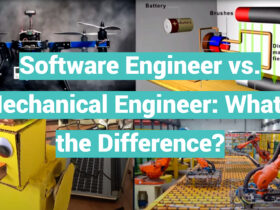
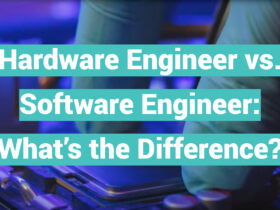
Leave a Review